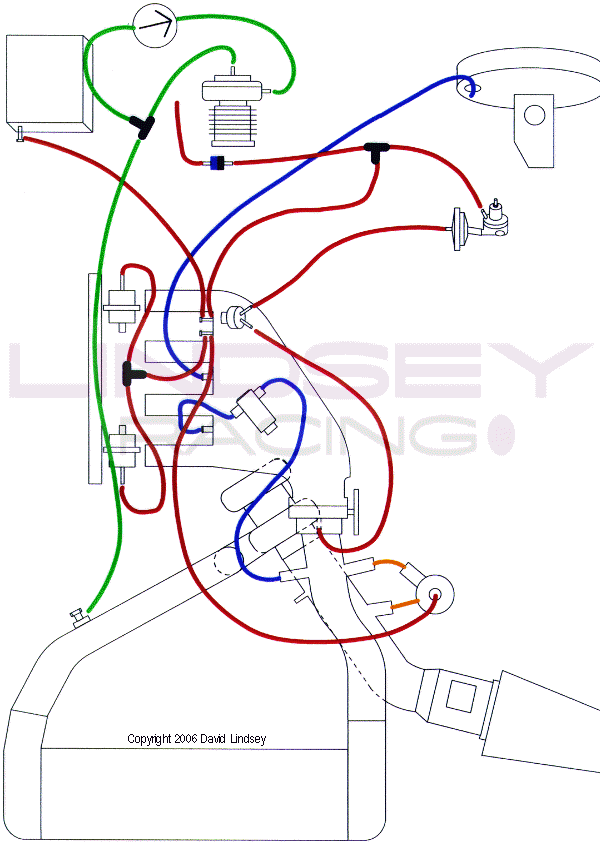can anyone confirm if this diagram is the correct way to setup a 91 944turbo with lindsey dual port wastegate and a greddy electronic boost control? my vacuums seem to be different to those shown here which could be part of my problem with the car running rough between 2 - 3000 rpm











